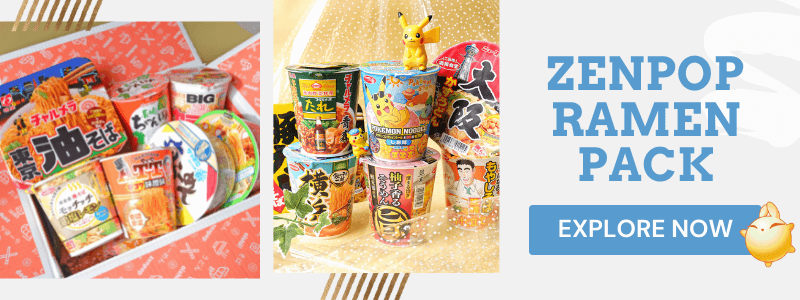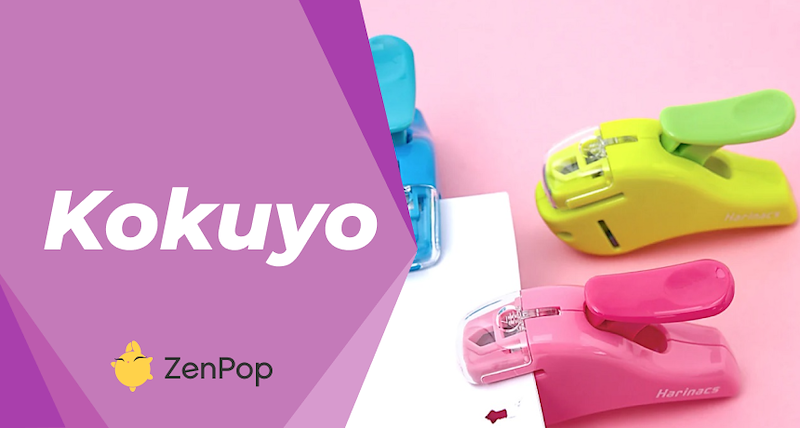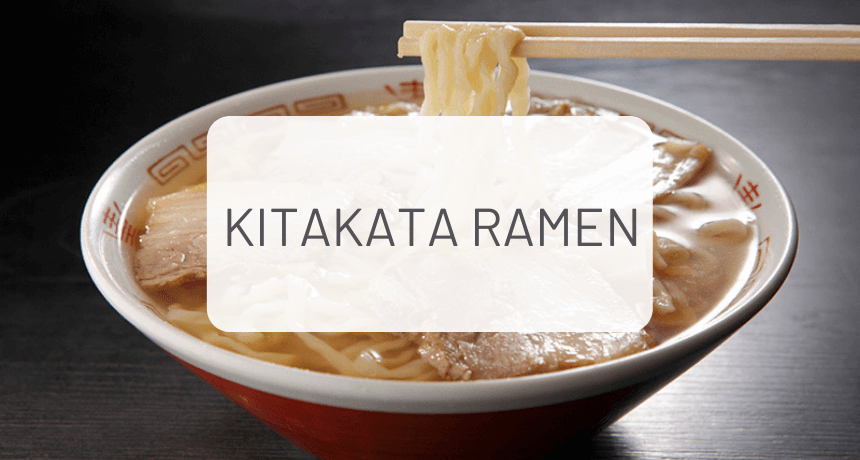
</title><meta name="robots" content="noindex">The Complete Guide to Kitakata Ramen
Among some of Japan’s most widely known “Ramen Dynasties” is Kitakata Ramen, known for the unique texture of its noodles. Along with Sapporo and Hakata Ramen, Kitakata ramen is popular all throughout Japan, and is one of the most recognizable Ramen varieties.
Kitakata City in Fukushima is home to over 100 restaurants in the area serving this particular kind of ramen. The secret to their particularly delicious broth and noodles is all housed in Kitakata’s local produce, including soy sauce, miso, and refined sake. Did you know that Kitakata City is known as a must-visit destination for die-hard ramen lovers? Let’s take a look at what makes Kitakata Ramen so special.
The Origin of Kitakata Ramen
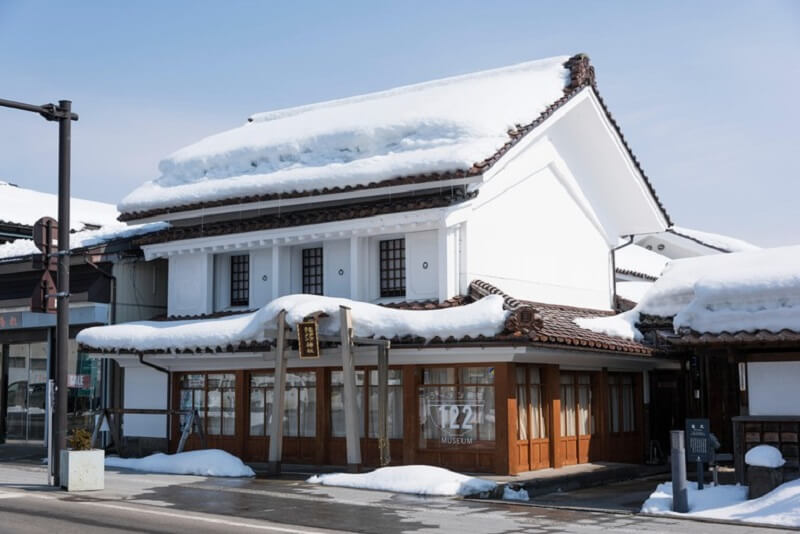
Source: The Culture Trip
Like other kinds of ramen, Kitakata ramen also originated as a sort of fusion food. The Culture Trip interviewed Taku Hanami, who explains the origin of their special kind of ramen. Around the 1920s, a young man from China began selling noodles at a portable food stall, known as yatai. He would attract customers by playing a traditional Chinese horn called the suona. Supposedly this is where Kitakata Ramen got its humble beginnings-- and at the time, it wasn’t even referred to as ‘ramen,’ but rather as “Shiina soba,” or “Chuuka soba,” which means “Chinese noodles” or “Chinese soba.”

Kitakata City is also known as the ‘Town of Warehouses’ for their traditional Japanese storehouses, called Kura.
Source: Shifteast
When you talk about Kitakata City, another peculiar thing comes to mind. Did you know that Kitakata City is also known as the “Town of Warehouses?” Kitakata is home to many traditional storehouses, called kura. These warehouses stored important produce like soy sauce, miso, and refined sake. When local photographers and other media outlets took interest in the warehouses, many tourists came to visit the town, and inadvertently also ended up falling in love with Kitakata’s unique style of ramen.
It is said that the ratio of ramen shops to population in Kitakata City is the highest in Japan, and it’s also common for people to have asa-ra, a term that translates to “morning ramen.” While we may not think of ramen as a breakfast food, it’s certainly hard to resist a delicious bowl at the break of day!
What Makes Kitakata Ramen Unique?
Kitakata Ramen is not only unique due to individual restaurant soup broth recipes or particular topping preferences, but because a part of Kitakata City is present in every bowl. The noodles themselves, the recipe of the broth, and the soup base, all have elements that you can only really find in Kitakata city.
The noodles in Kitakata Ramen are known as “Hirauchi Jukusei Taka Suimen,” which translates to, “Matured Flat Noodles with Lots of Water.” You might notice that Kitakata Ramen has a lot more water than other varieties of ramen, not only in the broth, but also in the creation of the noodles. Not only is a higher percentage of water added to the flour when the noodles are made, but the water is particularly special. This is high quality stream water coming from Mt. Iide.
The high quality water from Mt. Iide is also responsible for the delicious broth of Kitakata ramen, and the sake that is made in the region. It is said that the ground water and tap water of Kitakata City come from the Tsugamine Stream, which is known as one of the “100 exquisite waters of Japan.”
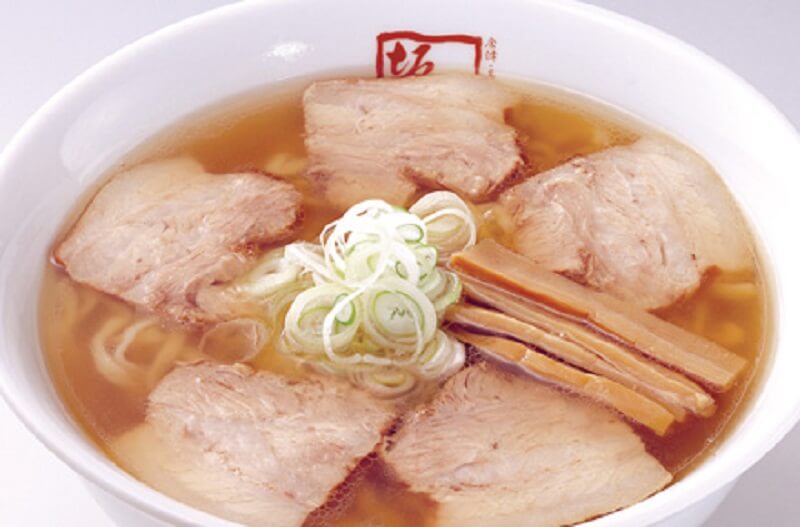
Kitakata ramen can have toppings like Chashu pork, bamboo shoots, naruto fish cakes, and spring onions.
Source: Ramen Banai
The soup base and broth of Kitakata ramen can actually vary from restaurant to restaurant, with many having their own take on the broth. They are all tied together by a particular flavor coming from the soy sauce base, which-- you guessed it, is also made with the special water from the Kitakata region. The rich flavor of the soy sauce broth and texture of the unique noodles unite all the recipes and twists on Kitakata ramen, making it especially recognizable for any ramen lover.
The common toppings for Kitakata ramen are pieces of Chashu pork, bamboo shoots, naruto fish cakes, and spring onions. While the recipe and ingredients may seem pretty simple, the amazing quality of all of these ingredients makes a bowl of Kitakata ramen one to remember-- and many Japanese people agree that a bowl of Kitakata ramen is the quintessential image of what ramen looks like.
Best Restaurants to Eat Kitakata Ramen
Genraiken
Kitakata ramen is said to trace its roots back to a simple ramen yatai. The legacy of that very first shop is still present in Kitakata today, and is known as Genraiken. Not only is it very reasonably priced, with a bowl of ramen costing around 650JPY, but it is probably the best place to try the traditional style of Kitakata ramen.
Genraiken is located near the main train station, so it is also easily accessible, and the food train doesn’t just stop at ramen. You can also enjoy your ramen with many side dishes like soba and gyoza, and get a taste of their unique sake collection as well. Even after decades, the Kitakata ramen served here has retained its original taste, making it the perfect spot for those who wish to taste the original, traditional style of ramen.
Makoto Shokudo
Makoto Shokudo is a restaurant where you can experience a different kind of ramen broth, and a different kind of ramen experience. Have you ever had asa-ra, or morning ramen? Makoto Shokudo is a popular ramen spot for those who are interested in having ramen for breakfast. While it may not seem like a typical breakfast food, some swear that eating a warm bowl first thing in the morning is actually rather healthy for you.
After you are done eating and have finished all the noodles, soup, and toppings of your asa-ra, make sure to check the bottom of the bowl. If you’re lucky enough, you might see a little “atari” kanji, or the word for “win!” Makoto Shokudo tends to give out simple prizes for those with winning bowls.
Menya Shichisai
Located in Tokyo, Menya Shichisai is popular among tourists and locals alike for the freshness of their noodles and unique taste to their broth. They tend to serve some limited time options so the menu changes every now and then-- but rest assured that the Kitakata ramen on their menu is worth the visit.
The star of the show at Menya Shichisai is the hand-made noodles. The Kitakata style noodles are not only cooked in front of you, but made to order. These are hand rolled right in front of you, so that you can watch the whole process of noodle making, rolling, and cutting before digging into a delicious bowl of ramen. Not only is the show quite the experience to watch, but the noodles themselves are a perfect compliment not just to the Kitakata style ramen, but also to the other ramen options they have available.
Best Instant Ramen Options
Igarashi Seimen Kitakata Ramen Spicy Umakara
The Igarashi Seimen Kitakata Ramen (Spicy Umakara ver.) is a great instant ramen for those who love a little bit of a spicy kick in their ramen. The broth is a thicker base, which clings onto the noodles excellently. The noodles themselves are thicker than your average instant ramen, and have a certain flatness to them with a little bit of curl. This instant ramen comes in the package with liquid soup base rather than powder, so it carries some of the freshness and texture of restaurant quality ramen broth.
You can definitely dress this instant ramen up with some pork or soft-boiled eggs in order to enjoy it to the fullest.This is definitely a filling serving of instant ramen, so make sure that you’ve got the appetite to eat a whole bowl!
Kajino Kitakata Seimen Shoyu Ramen
For those of you who want to stay on the more umami side without so much of the spice, the Kitakata Seimen Shoyu Ramen pack is great. The noodles are delightfully curly, and the shoyu broth is a little bit on the lighter side. The broth itself is flavored with dried sardines, known as niboshi. Unlike other instant noodle brands, the noodles here are dried rather than fried, so they retain a little bit more of the quality and curl that you expect from Kitakata ramen.
How do you like to eat your ramen? We would love to go and visit Kitakata to try out some of their 100 specialty ramen restaurants! If you want a taste of Japan, why not try out Zenpop’s Ramen pack, where you get 7 full-sized servings of instant ramen straight from Japan? You can try out many different varieties, including limited edition seasonal ramen, and famous ramen types like Kitakata, Hakata, and Sapporo-style!


